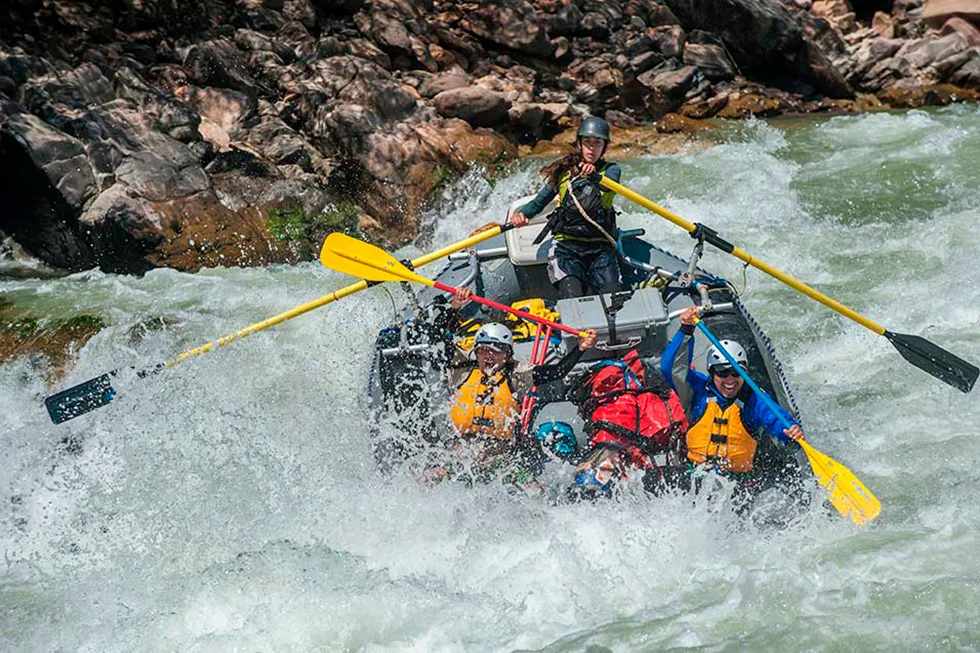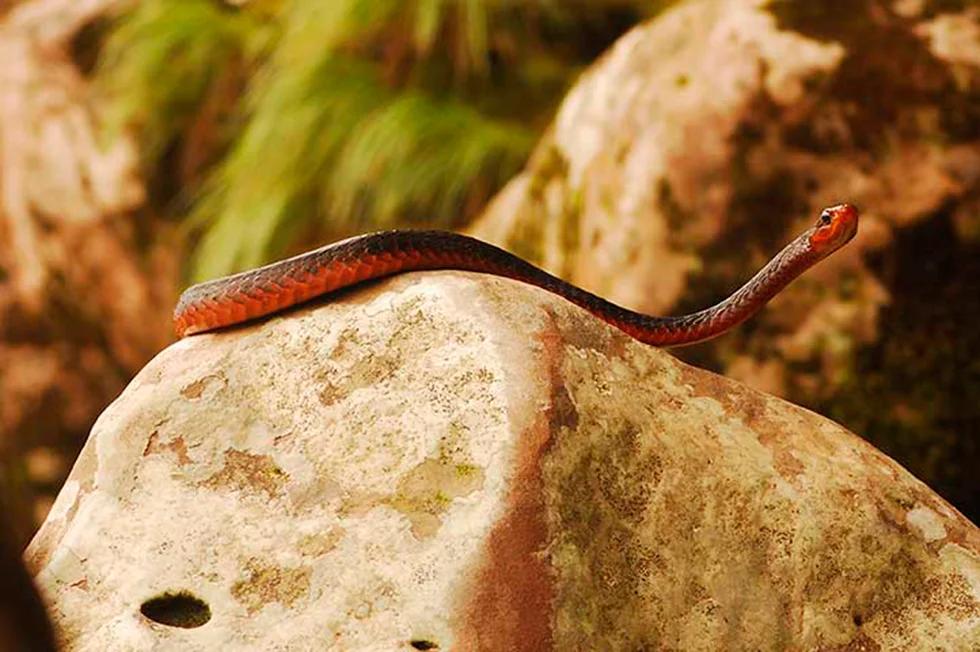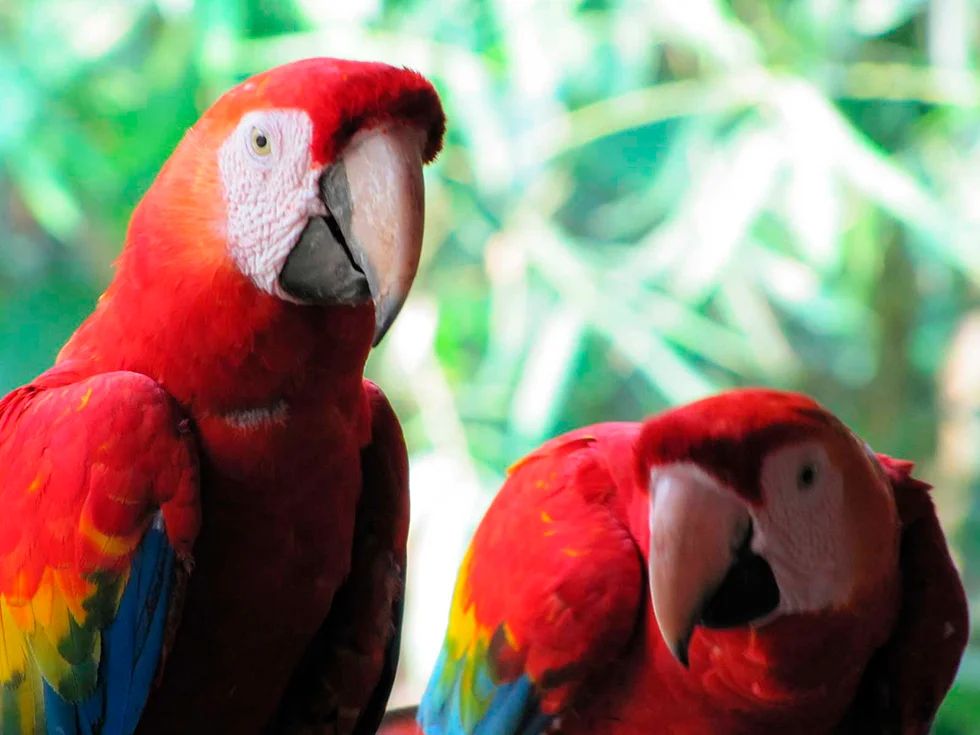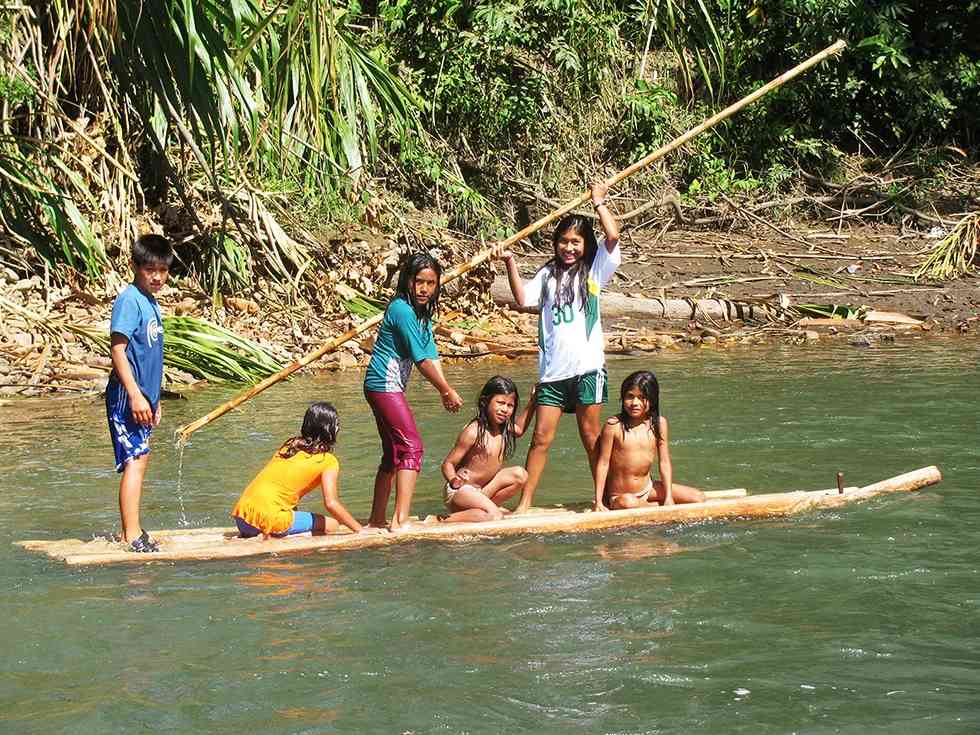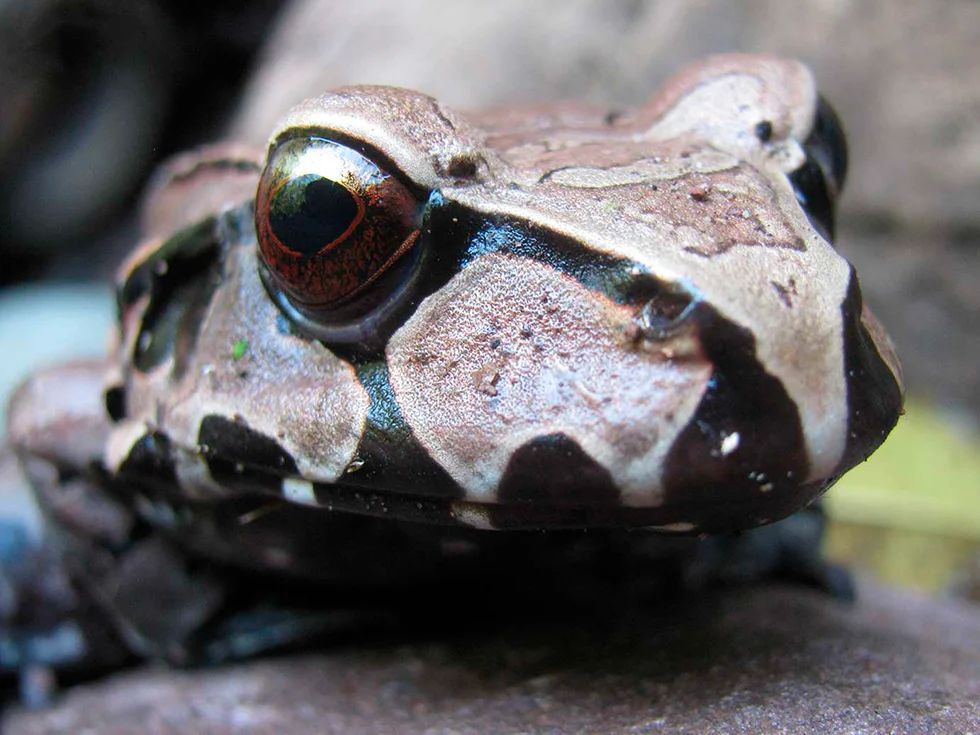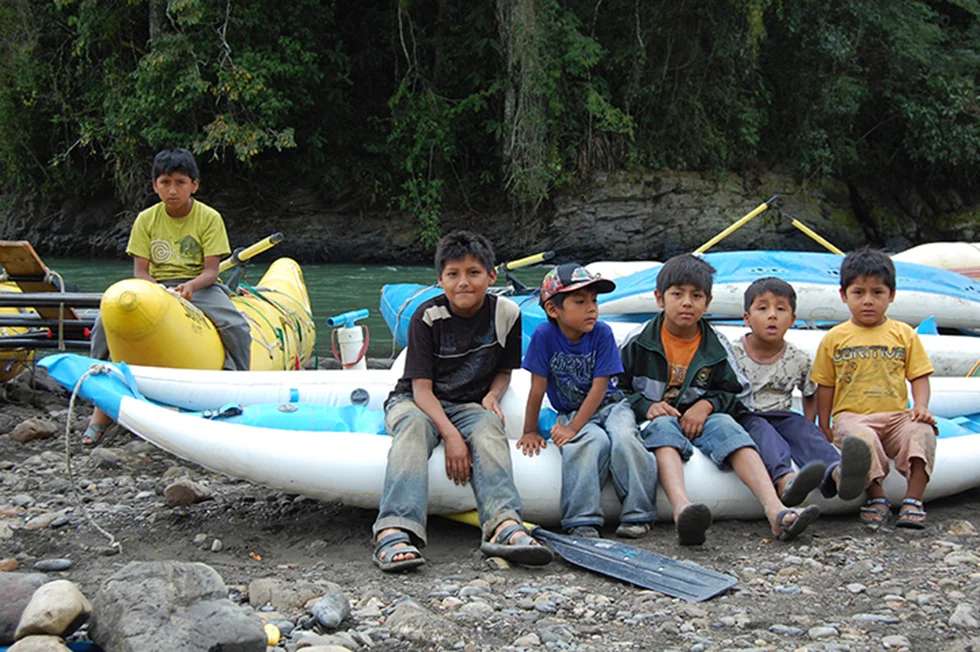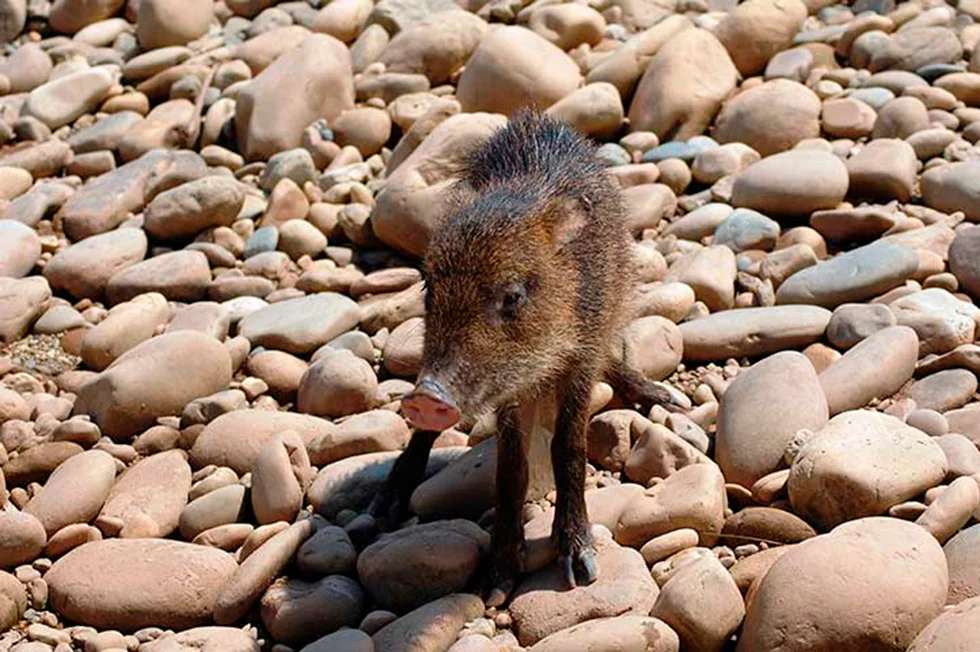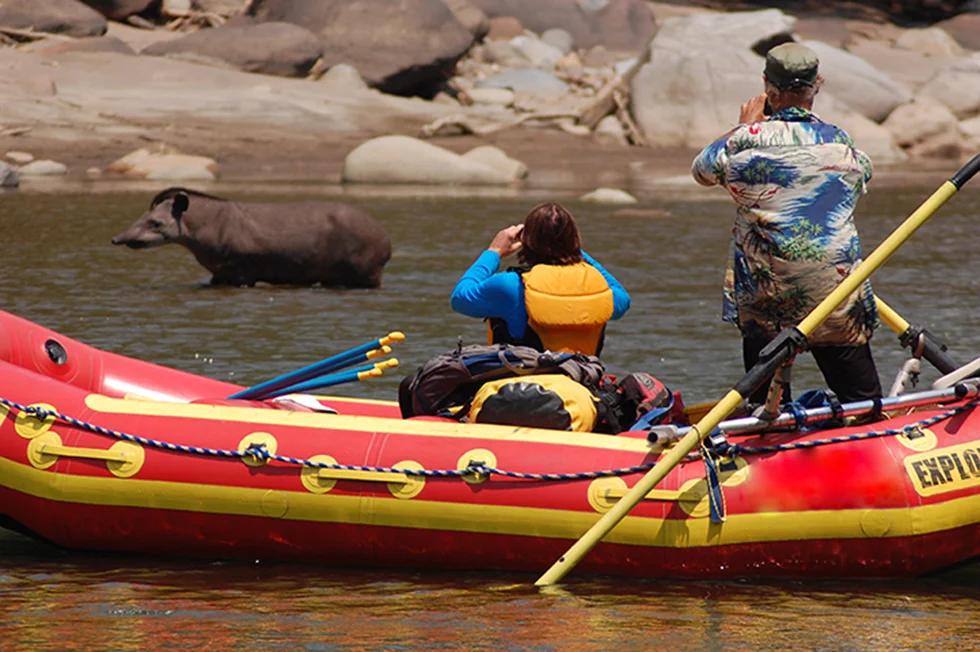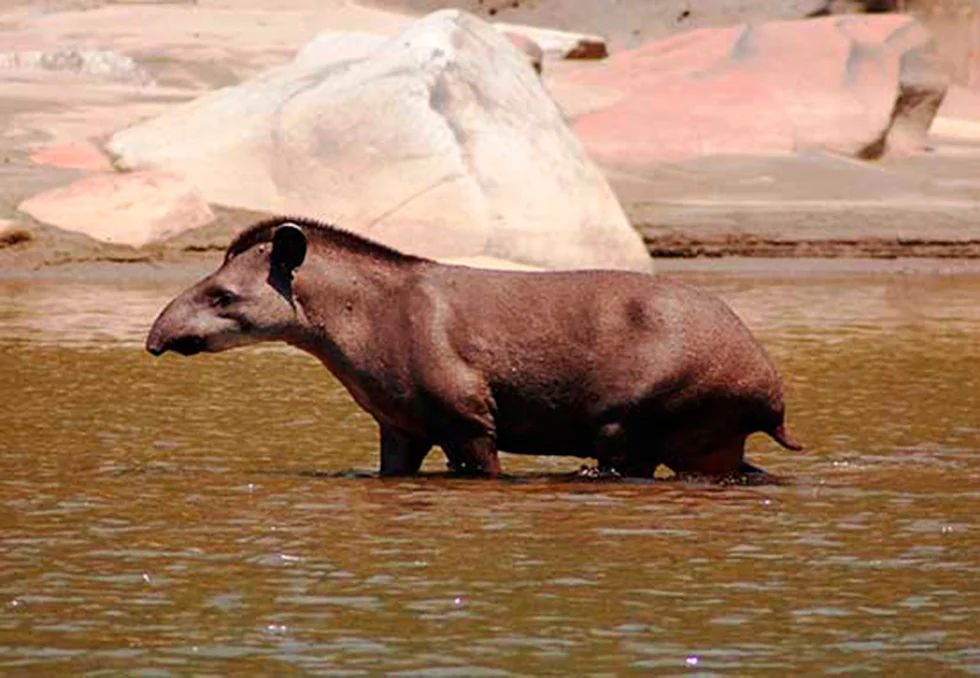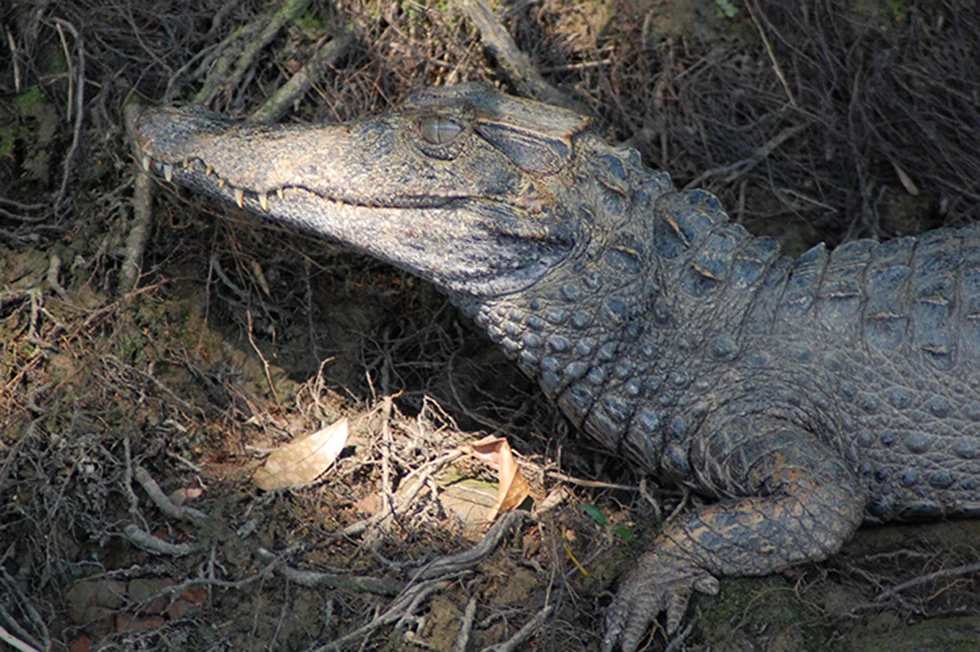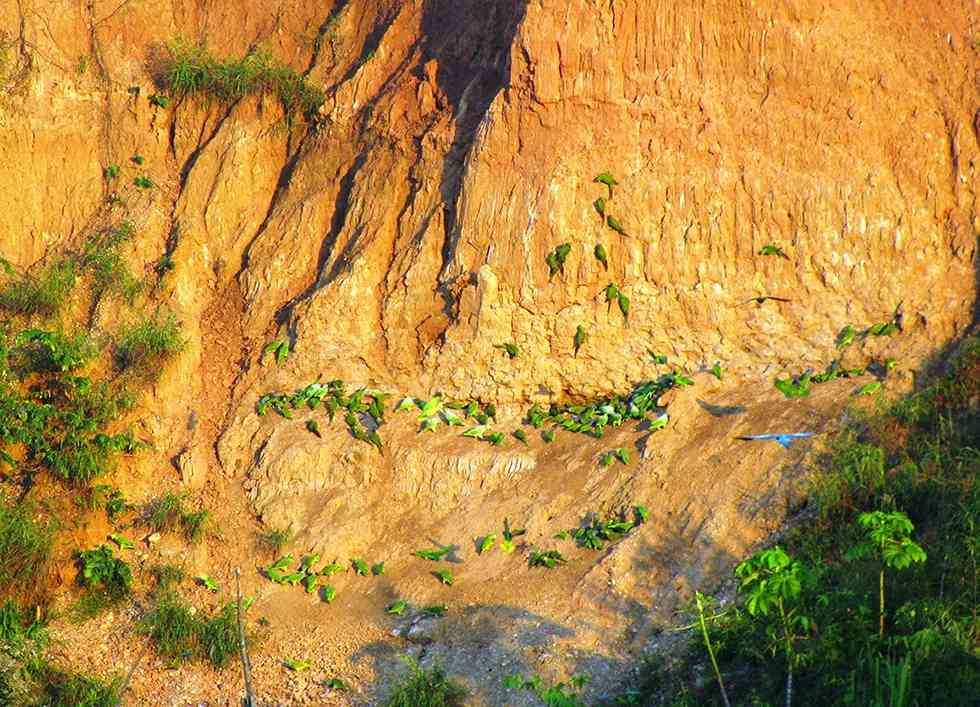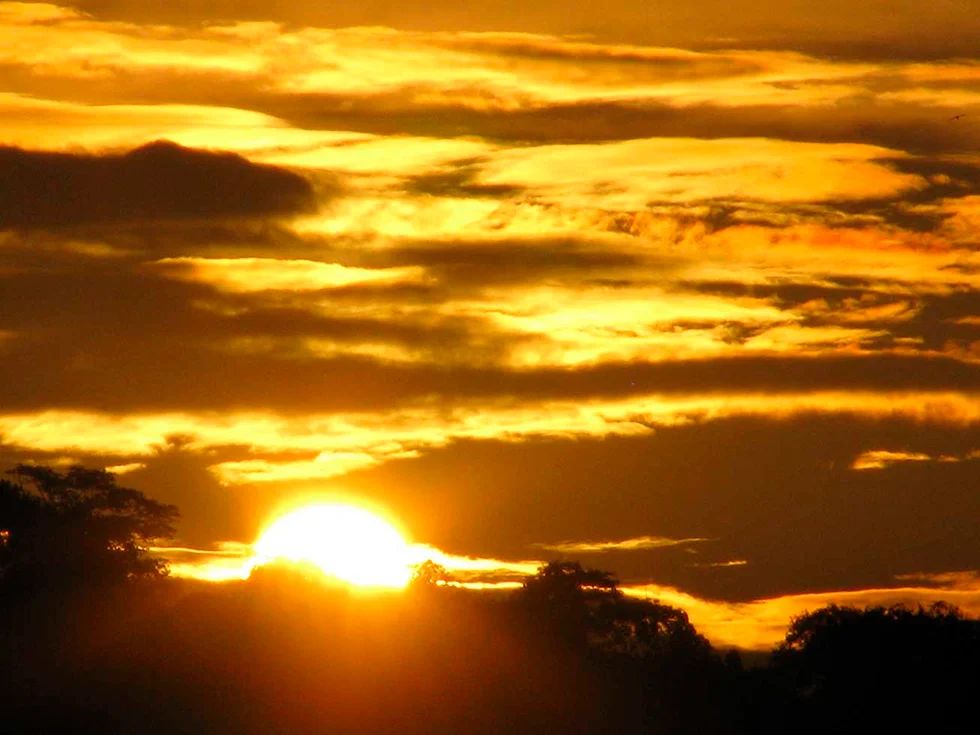Dates: May to October
Price: $2600 per person
Highlights
- Experience pristine Amazon rainforest in Tambopata-Candamo Reserve.
- Witness the largest macaw clay lick in South America.
- Navigate Class III-IV rapids through jungle vegetation.
- Camp on remote beaches amid incredible biodiversity.
- Journey from Andean highlands to Amazon basin.
Tambopata National Reserve harbors some of the wildest, least impacted habitats in the world. In this one million plus hectare protected area, rainforests and tropical savannahs meet in a land where roads have never existed and rivers are the only means of accessing its dense forests and bird-filled marshes. This huge wilderness gets its name from the Ese-Eja words for “Tambopata” (Bahuaja) and “Heath” (Sonene).
Buffered by the 274,690 hectare Tambopata National Reserve, the deep, wildlife-filled jungles are rarely visited by people. In fact, very little access is actually given to the national park itself to keep it preserved as a true, Amazonian wilderness.
Located in the Tambopata-Candamo National Reserve, we believe this exceeds expectations of a wild and remote river that offers an exciting whitewater adventure in the pristine rainforest of the Peruvian Amazon. A great variety of tropical plant and animal species abound in this remote and unspoiled area to which the river is the only access route. It has the greatest diversity of wildlife: more than five hundred twenty species of birds, one thousand two hundred species of butterflies and many groups of animals, such as the howler monkey, tapir, capybaras, macaws, giant otters, black and white caiman, ocelot and the majestic jaguar. All this has forced the Peruvian Government to protect this area and create this National Reserve.
Our expedition begins in Cusco, the heart of the Inca Empire. We will travel through the high plateau of the Andes to enter one of the last uninhabited forests in the world, with twenty thousand plant species, thousand species of birds, hundreds of mammals, reptiles and fish. We will be floating for seven days, encountering exciting class III and IV rapids.
We will raft approximately three hundred kilometers through the upper part of the Tambopata River to the Madre de Dios River, which are important tributaries of the great Amazon River. We will have the opportunity to camp in front of the largest macaw clay lick in South America before hopping on a motor boat to finally reach the city of Puerto Maldonado.
We will witness the upper reaches of the Amazon basin from the snows of the Andean peaks to the tropical jungle, and we will delight ourselves with llamas and alpacas in the highlands, and thousands of colorful macaws in the “Colpa” in the low jungle.
Detailed Itinerary
Day 1: Cusco to Putina Punku
We will leave Cusco at dawn to cross the highlands aboard a private bus and travel through a 4,800 meter passage to finally descend towards the jungle where we will spend the night at the official entrance of the park: Putina Punku. Meals: Breakfast, Lunch, Dinner.
Day 2: Rafting on the Tambopata River
We will arrive to the town of Curva Alegre and before we start guides will give an orientation briefing and we will prepare all the rafting equipment. We will enjoy class II and III rapids this day! As we leave behind contact with civilization, we may see the last fruit plantations or gold mining activities. The river marks the border between two countries, Peru and Bolivia, Bahuaja-Sonene and Madidi respectively. We will camp on a solitary and remote beach. Meals: Breakfast, Lunch, Dinner.
Day 3: Rafting in the Upper Tambopata Canyon
Action day!! After a healthy breakfast, we will challenge exciting class III-IV rapids, among exuberant jungle vegetation, where we will take walks to explore the wonders of the Amazon and swim under pristine waterfalls until we reach our camp. Meals: Breakfast, Lunch, Dinner.
Days 4 & 5: Rafting on the Tambopata River
As the days go by, we will leave the mountain range and rapids behind, going deeper and deeper into lush vegetation, home to different species such as monkeys, capybaras, tapirs, hundreds of birds, giant river otters and jaguars. Meals: Breakfast, Lunch, Dinner.
Day 6: Colpa Colorado
Today we will cross the limit of the Bahuaja Sonene National Park and enter the Tambopata Candamo National Reserve to sleep in front of Colpa Colorado. We camp at a relaxing beach from where we can take hikes on trails to explore more. Meals: Breakfast, Lunch, Dinner.
Day 7: Chuncho Colpa
Before breakfast, at first light, we will take a short walk to the “Colpa of the Guacamayos” (Macaw Lick), the largest known Macaw Lick where on a normal day, hundreds of Macaws and other parrots come in the morning to lick the salty rich clay. This is one of the greatest birding spectacles in the world and a unique experience for photographers. After a good day of paddling in very calm waters we will arrive at Colpa Chuncho. Meals: Breakfast, Lunch, Dinner.
Day 8: Motor Boat to Puerto Maldonado
We will wake up in front of the Chuncho Colpa among macaws, and after finishing packing and loading our rafting equipment to the motor boat, we will set out on a meandering river for 6 hours until we reach Puerto Maldonado City, found by rubber collectors, goldminers, and timber and oil explorators, where we will spend the night at a hotel and end our excursion with a fun farewell dinner. Meals: Breakfast, Lunch, Dinner.
Day 9: Departure Day
Flight back to Cusco or Lima. Meals: Breakfast.
What’s Included
- All transfers on scheduled arrival and departure days
- All meals as indicated in the itinerary (B: Breakfast, L: Lunch, D: Dinner)
- Professional river guides and safety kayakers
- Rafting and camping equipment
- Tents
- Safety equipment
- One night hotel accommodation in Puerto Maldonado
What’s Not Included
- International airfare
- Airport taxes
- Sleeping bag and pad
- Personal expenses
- Personal gear
- Gratuities for guides
- Hotel accommodations in Cusco or Lima
